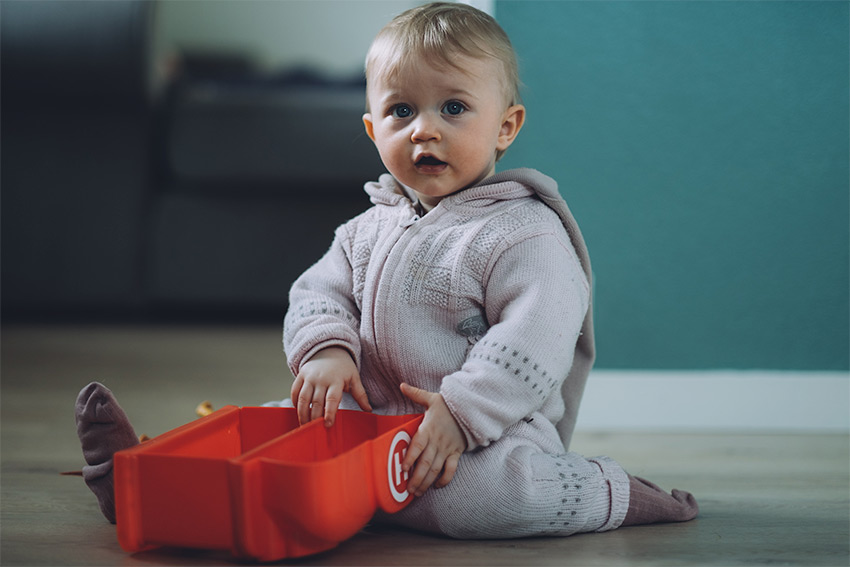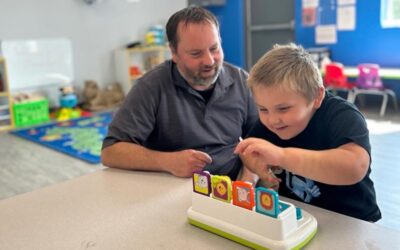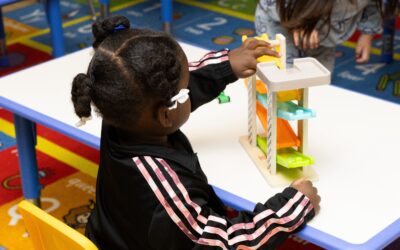Moving homes is always an undertaking. Besides the stress of finding a new place, there are a slew of logistical things to take into account when leaving your current home. Above all else, despite our best efforts, moving is disruptive to our lives. Though the excitement can carry us past this stress, moving with a family is a special challenge. As parents or caretakers of children with autism, you may face a few daunting obstacles as you prepare to uproot and move your family elsewhere.
Amongst those obstacles are a major disruption in your child’s routines along with a potential hit to their social lives. In this post we want to break down the obstacles families may face when moving homes with a child on the spectrum as well as some potential solutions and tips.
The Challenges
Social Life
One of the biggest challenges to anticipate for your child on the spectrum is the social aspect of changing locations. For many children on the spectrum, building a social circle can be extremely difficult. Many children will display social anxiety and antisocial tendencies. This can make them appear closed off and inaccessible to their neurotypical peers. Chances are if you’ve lived in the same place for awhile, your child has started to find their place amongst their friends. Making them leave their school and neighborhood will most certainly be a challenge.
Routine Change
It’s well known that many children on the spectrum thrive when they are on a highly organized and well thought out daily routine. Moving homes will most certainly disrupt that routine in a variety of ways. First comes the moving process, and the inevitable time and days that process will take up. Then, comes the routine changes that will accompany the location change. Depending on how big the move, every facet of your child’s routine might look completely different which can lead to more behavioral challenges.
Environmental Factors
This one is closely tied to the routine challenges. Children on the spectrum get used to their environments, home, classroom and therapy centers included. When those environments change, it can lead to behavioral challenges, amongst other things. So, what’s to be done?
The Solution
The best thing to combat all of these challenges is time. Though moves can come up suddenly or without warning, if there is a window of time between your moves the best thing you can do for your child is using that time to prepare.
As we outlined in our post about improving behavior at home, visualization techniques and planning can prove to be your best friend during this challenging transition. Utilizing photos of your child’s new environment to help them visualize early on what changes they can expect can improve the chance that they will handle the environmental change well. The same goes for any new schools or therapy centers they may have to attend.
When it comes to your child’s social life, we recommend putting together a plan for them to keep in touch with friends they’ve made, either with in-person meetups or maybe even over the phone or through video chatting apps like Skype or facetime.
As for the new routine, as you figure out what it is, involve your child. If you have the bandwidth, practice your new commute and visit your child’s new school or therapy center with them.
This may seem like a lot to take on before an already stressful move, and it absolutely is. However, taking the time to prepare your child for the adjustment can prove to be beneficial for everyone going through the transition. For more autism-related tips and news, be sure to keep up with us on our Facebook, Twitter and Instagram and feel free to reach out via our contact page to learn more about our services.



